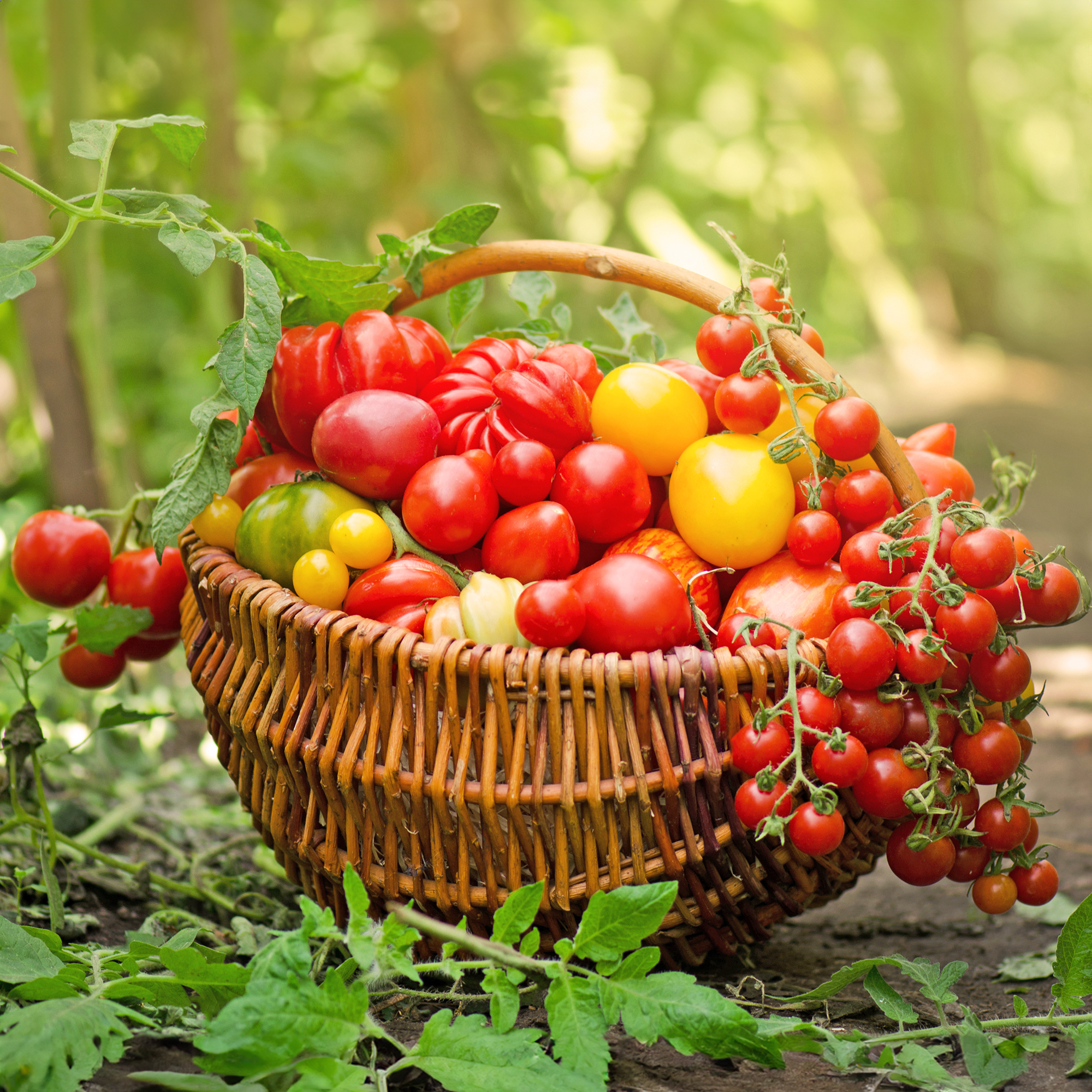Why Calcium Matters For Tomato Plants: Prevent Disease & Increase Yields
Find out how to maximize your harvest and prevent dreaded diseases such as blossom end rot by increasing calcium for tomato plants.
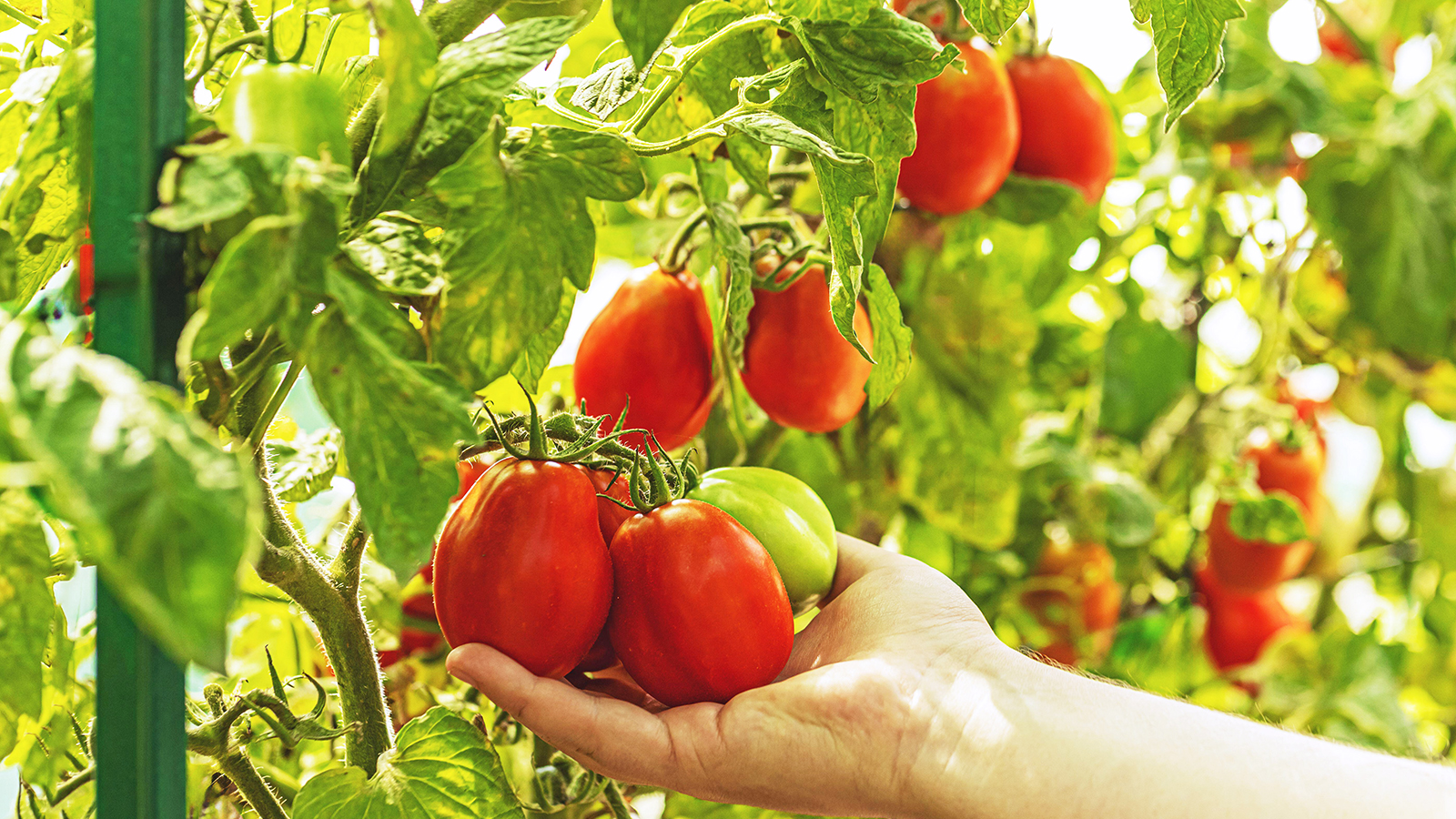

Using calcium for tomato plants might be the best way to enjoy huge yields and sweet, juicy fruit. Calcium is often touted as a cure-all for blossom end rot, but it has a more significant role to play. It should be considered at both the planting stage and when fertilizing in order to achieve the perfect crop.
Calcium is an essential mineral that is needed by all plants in trace amounts. It is used by cells to maintain firmness by strengthening the walls and membranes. It also helps maintain the sodium balance and is part of the reaction necessary to open stomata during transpiration. This regulates the intake and outflow of moisture.
When choosing the best fertilizer for tomatoes, check that the formula includes calcium. However, you can easily make your own calcium-rich fertilizer for tomatoes to give them an extra boost.
Do Tomato Plants Need Additional Calcium?
If you're learning how to grow tomatoes, then one of the first lessons is that it all starts with good soil. The best soil for tomatoes is loamy, well-draining, and nutrient-rich. If the soil is poor or very dry, then tomato calcium deficiency is likely to occur. Calcium plays several roles in plant health:
- Regulates the transfer of nutrients
- Reinforces cell walls
- Balances the negative and positive ions
- Enhances pollen production
- Helps create a strong root system
- Ensures fruit development
Without adequate calcium uptake, tomato fruit will develop blossom end rot. However, it is also important during the plant’s development at various stages. Early in the seedling stage, the mineral encourages the growth of roots and new leaves. Later, calcium supports vegetative growth, and moisture and nutrient uptake. As the fruits begin to form, the calcium reinforces cell walls and helps the fruit maintain firmness. Without adequate calcium, the fruit’s cell walls are not stable and will collapse. This results in fruits with a black, mushy end.
Adding calcium to the soil is the best way to avoid blossom end rot, but when planting tomatoes, you also need to look at other ways to improve poor soil, such as adding organic matter and other amendments to enhance structure and boost nutrients.
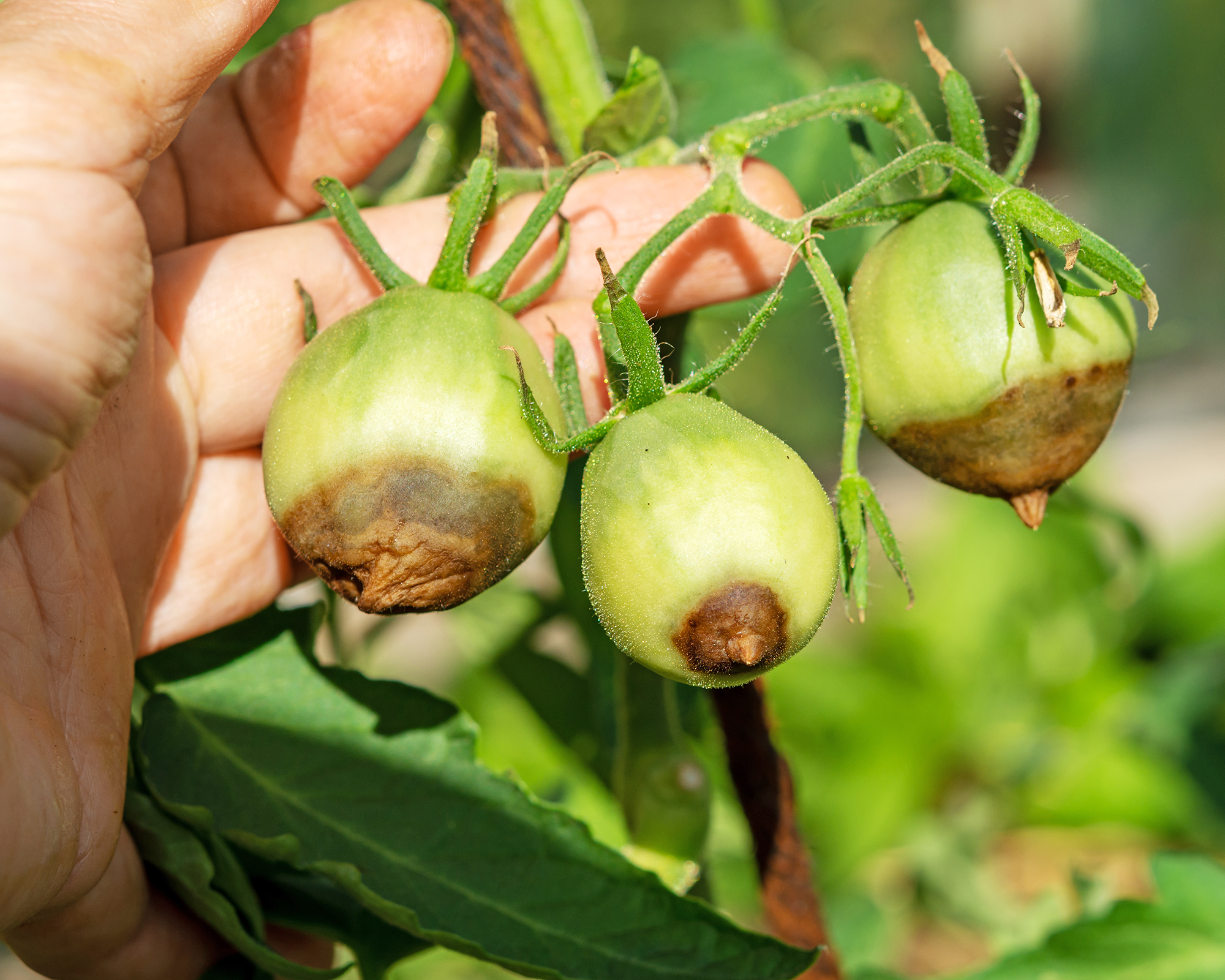
Causes of Calcium Deficiency in Tomatoes
Affected tomatoes are often in poor soil where the roots of the plant have difficulty taking up enough moisture. Because that is the means for calcium to get into the plant, dry and poor soils are often the cause. However, there are other causes to look out for:
Sign up for the Gardening Know How newsletter today and receive a free copy of our e-book "How to Grow Delicious Tomatoes".
- Ammonium nitrogen fertilizers can inhibit the uptake of calcium, as can soil with heavy magnesium content.
- Letting the soil dry out completely will also affect the uptake of calcium.
- A soil pH below 5.5 will have lower calcium availability. At 7.8 and higher, there is plenty of available calcium. The ideal soil pH for growing tomatoes is between 6.0 and 6.8.
- Exposure to extreme heat or cold can also inhibit the uptake of calcium.
- Plants in containers often suffer from blossom end rot because the roots are confined and crowded, and often damaged.
How to Ensure Tomatoes Get Enough Calcium
So, how to add calcium to tomato plants for healthier growth and perfect fruit? Calcium nitrate is the recommended additive for gardeners trying to avoid blossom end rot, but there are other things you can do.
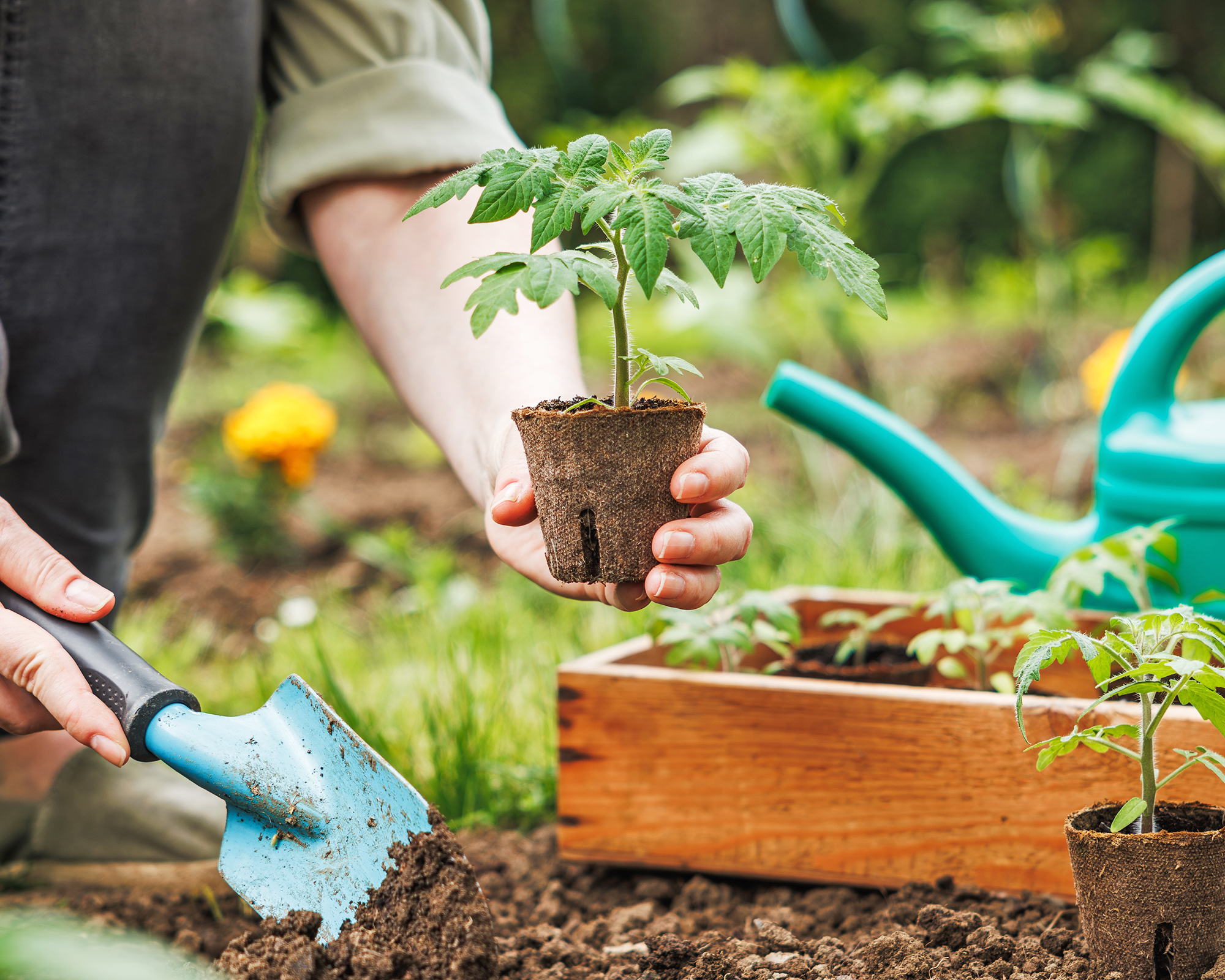
1. Soil Preparation & Amendments
The fastest way to determine if your tomato plant is going to have a problem is by performing a soil test. These are available at most nurseries or online.
Many gardeners use crushed eggshells in an attempt to introduce more calcium. But the eggshell takes too long to break down to be truly effective. If you wish to make homemade calcium for tomato plants, dry the shells and put them in a blender or food processor. This will make further calcium release in the soil easier.
Bone meal has 12 to 18% calcium and has been broken down and ground, making it easier for the plant to uptake.
2. Regular Watering
Spotty watering further complicates the plant’s ability to bring in calcium. Wet soils leech out the minerals while dry soils lack the moisture necessary for the plant to draw up the calcium. Even, regular watering is key, but how often to water tomatoes will vary depending on weather conditions and soil type.
It is helpful to mulch tomatoes with an organic product, which will conserve moisture and keep the soil from drying out.
3. Calcium Supplements
You can find liquid calcium for tomatoes. Most often marketed as a calcium spray for tomatoes, the product is sprayed on the leaves as a foliar spray. These calcium chloride sprays can damage the plant if applied in bright sun or extreme heat conditions.
4. Take Preventative Steps
Good cultural care can help prevent many common plant problems. A plant that is stressed, diseased, or plagued by pests cannot thrive when it is also in a nutrient or mineral-deficient site.
- The season before planting your garden, test the soil and add sulfur or lime as needed to adjust the pH to between 6.0-7.0.
- Reduce your use of high-nitrogen ammonium fertilizers, which prevent calcium from moving into plant roots.
- Amend the soil with compost and other nutrient-dense amendments that are organic and can help regulate soil temperatures and retain moisture.
- Use mulches where practical.
- Every year, practice crop rotation to prevent specific tomato diseases and pests and help the soil recover.
- Water tomatoes thoroughly 1 or 2 times per week to help promote deep roots
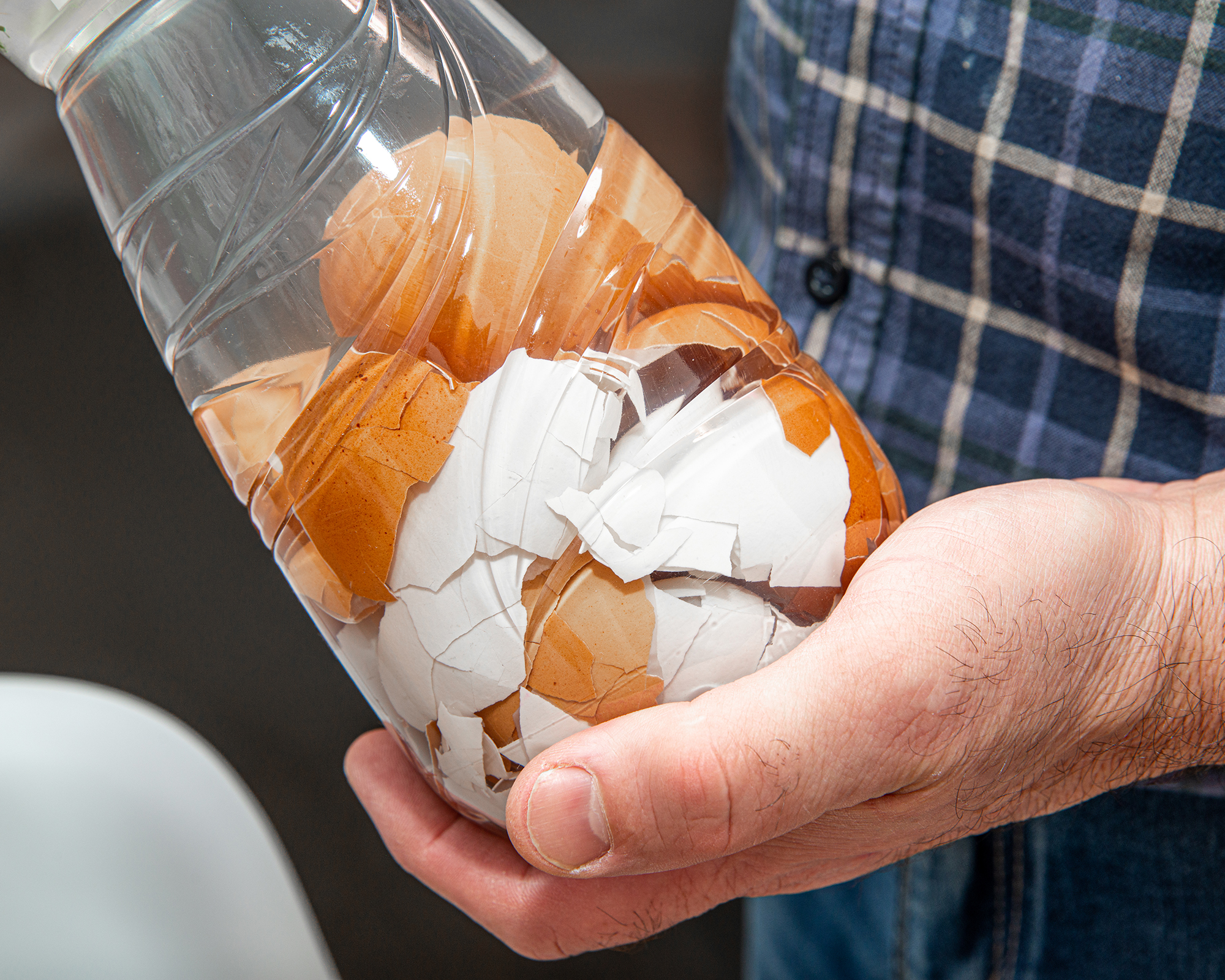
Homemade Calcium for Tomato Plants
Many items contain calcium, which can be used to give tomato plants a boost. Any of these can be worked into the top few inches (7 to 8cm) of soil:
- Lime
- Ground eggshell
- Ground oyster shell
- Hardwood ash
- Bone meal
- Gypsum
- Rock phosphate
You can also make a homemade foliar spray using ground eggshells:
- Grind eggshells in a food processor.
- Soak the dust in vinegar for several days – this will help release the calcium from the shells.
- Strain the mixture and dilute it with water.
- Spray the foliage of the tomato plant every week. Use the spray in the morning so the leaves have time to dry.
If you boil eggs and then save the water, this can also be used as a foliar spray every few days. However, this will not be as effective as the ground eggshell mixture.
Want to know more about growing your own tomatoes? Sign up for the Gardening Know How Newsletter and receive a free copy of our e-book How to Grow Delicious Tomatoes.

Bonnie Grant is a professional landscaper with a Certification in Urban Gardening. She has been gardening and writing for 15 years. A former professional chef, she has a passion for edible landscaping.
